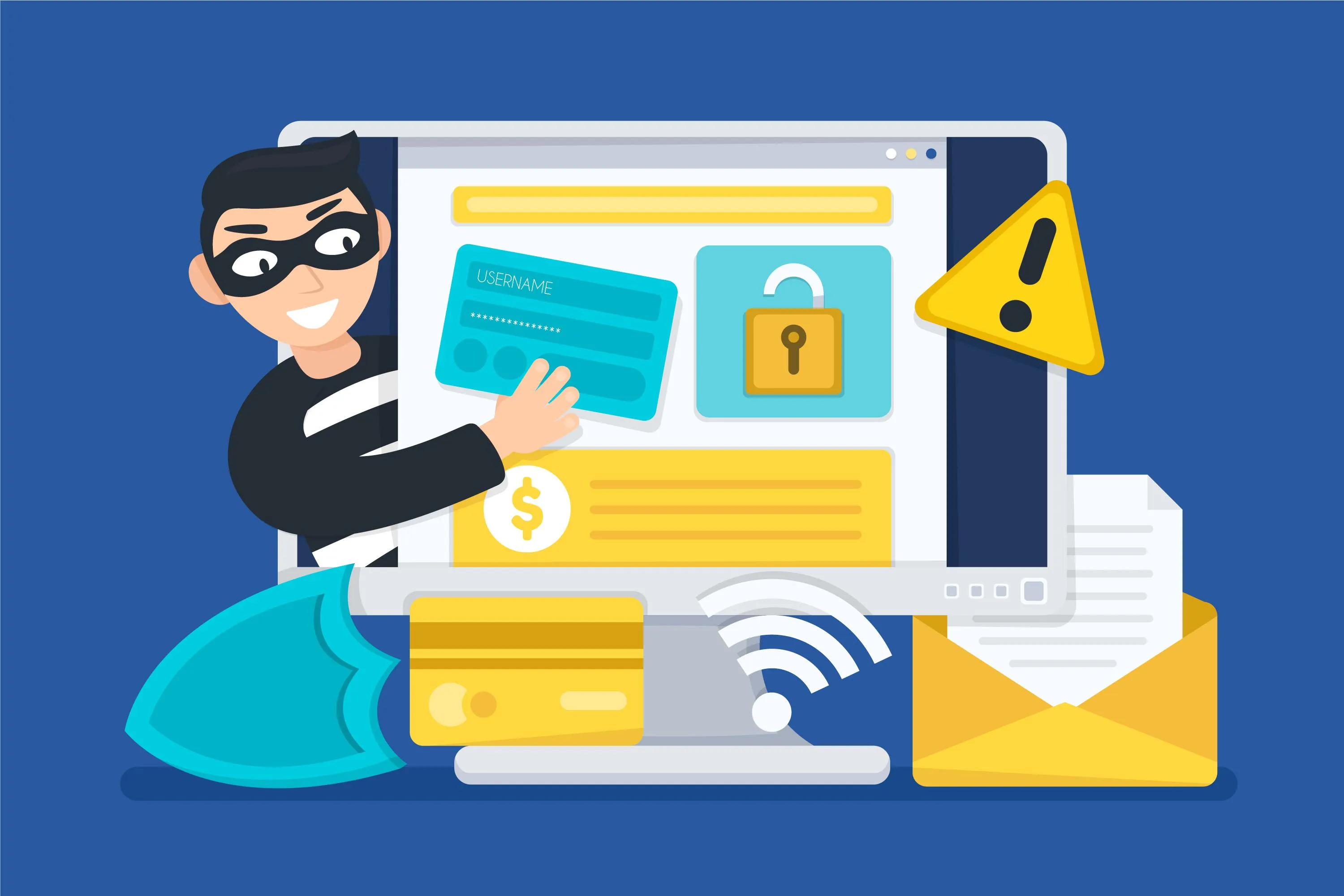Internet Phishing: Tactics and Prevention

Digital transformation has significantly transformed how we work, live, and interact. However, with its advent comes new risks: Phishing is one of the primary cyberthreats, where bad actors try to deceive victims into disclosing sensitive information by masquerading as legitimate organizations such as usernames, passwords and credit card numbers. Protecting personal and business data requires understanding phishing strategies as well as knowing how to stop such assaults, but before we begin, check out a fair papercoach review from essayservices.review to always choose a reliable service.
Phishing Tactics
Cybercriminals often employ similar phishing techniques to dupe victims, though new tactics emerge constantly.
Email Phishing
Phishing by email is the most prevalent type of phishing attack. Attackers send fake emails purporting to come from banks, online merchants, or even coworkers and containing urgent messages with attachments that contain malware or links leading to infected websites enticing recipients to open infected attachments or click rogue links containing viruses that will compromise devices or collect personal data from recipients who take the bait. Once victims fall for it, malware could be installed onto their devices, or they could provide access to personal data theft. So you should always ask questions like “is papercoach legit?” before opening emails.
Spear Phishing
In contrast to mass email phishing, spear phishing is targeted. Attackers gather information on their victims, such as name, position, and contact data, to create personalized emails with higher chances of attracting their trust and engagement from recipients. Such targeted attacks often target prominent members of an organization, such as CEOs and finance officers, to access confidential company data.
Whaling
Spear phishing techniques such as "whaling" target "big fish" within an organization, including CEOs, CFOs, and other senior executives. Whaling attacks often demand significant financial transactions or personal corporate information and are carefully tailored to appear genuine; an organization could experience serious damage as a result of successful whaling attacks due to their significant risks involved.
Smishing and Vishing
Phishing attacks don't only target email accounts. Attacks via text messaging and phone calls, known as vishing (voice phishing) and smishing (SMS phishing), are also known as phishing schemes. Smishing messages often instruct recipients to call a number immediately for urgent issue resolution or contain links leading to harmful websites; vishing refers to when attackers call victims pretending to be reliable people or organizations to induce them into divulging personal details or personal data.
Clone Phishing
Clone phishing involves replicating and manipulating genuine emails the target has already received, including malicious files or links that pose as legitimate ones. To make their attack look authentic, attackers often send emails using addresses that closely resemble those belonging to the actual sender; victims who already understand the topic more readily fall for these schemes.
Prevention Strategies
Protecting against phishing attacks requires an array of best practices, knowledge, and technology. Here are a few practical measures you can employ.
Education and Awareness
Raising awareness and educating people are practical tools in combating phishing attacks. People and staff need training on recognizing phishing attempts from potential threats and understanding the tactics used by attackers. Regular updates to training programs to incorporate the latest threats keep everyone aware and alert.
Filtering and Security Software Solutions
Installing effective email filtering systems is essential to protecting against phishing emails before they enter your inbox. These algorithms identify and delete any emails suspected of being fraudulent; additionally, anti-phishing security software provides additional safety by checking attachments and URLs for potentially harmful material.
Multi-Factor Authentication (MFA)
Multi-factor authentication adds another layer of protection by requiring multiple verification forms before providing access to an account. An attacker would still require some type of secondary verification method (e.g. a code texted to their mobile phone) in order to gain entry even if they managed to gain login credentials for accessing it.
Regular Software Updates
Staying current on software and system updates is vital to protecting against phishing attacks from cybercriminals, who frequently exploit flaws in outdated programs to launch attacks against vulnerable targets. Installing security patches regularly for operating systems, browsers and apps ensures security fixes are in place to reduce exploitation risks.
Verifying Email Authenticity
People must verify an email is authentic before responding. This involves carefully scrutinizing its links and attachments for signs of pressure or haste, verifying its sender's email address, if in doubt, reaching out via a well-established and reliable channel, etc.
Implement an Incident Response Plan
An incident response strategy is vital to effectively countering phishing attacks. Included within such a plan should be actions for locating, containing and lessening its effects as well as procedures for notifying appropriate authorities about it and reaching out to victims directly.
Regular Backups
Maintain Regular Backups Securing critical data with regular backups ensures that, should phishing attempts succeed, you are still able to retrieve it and restore it successfully. In order to ensure this occurs successfully, backups should be regularly tested and stored in a secure place - doing this protects business continuity while mitigating losses of information.
Conclusion
Phishing remains one of the most prevalent and harmful cyber threats today. By understanding how cybercriminals operate and taking vital preventive steps against such attacks, people and institutions can better defend against becoming targets. A comprehensive defense against phishing requires best practices, technology solutions, education/awareness campaigns as well as staying abreast of emerging dangers online - this knowledge alone should ensure digital security in today's connected world.